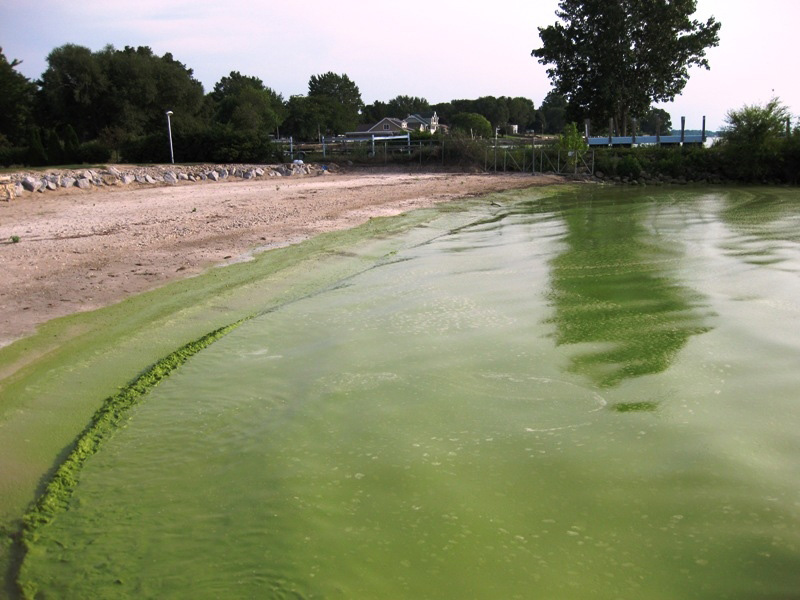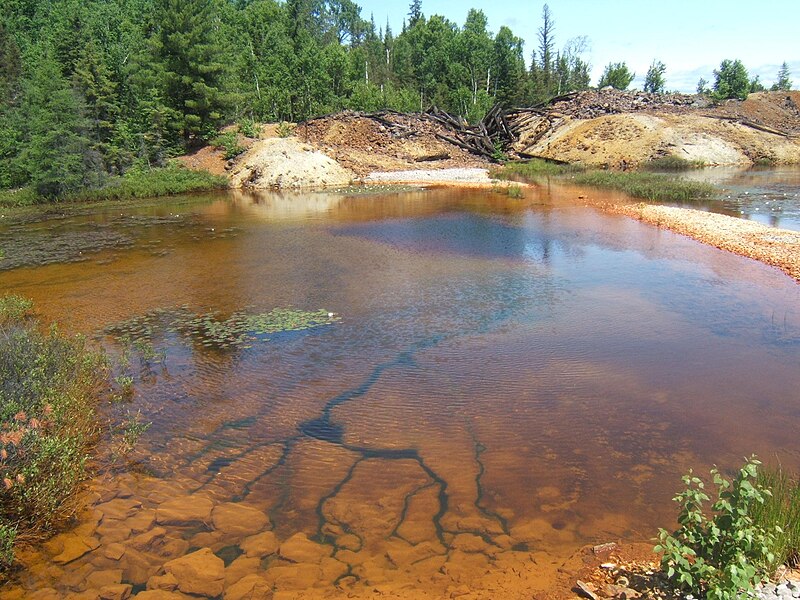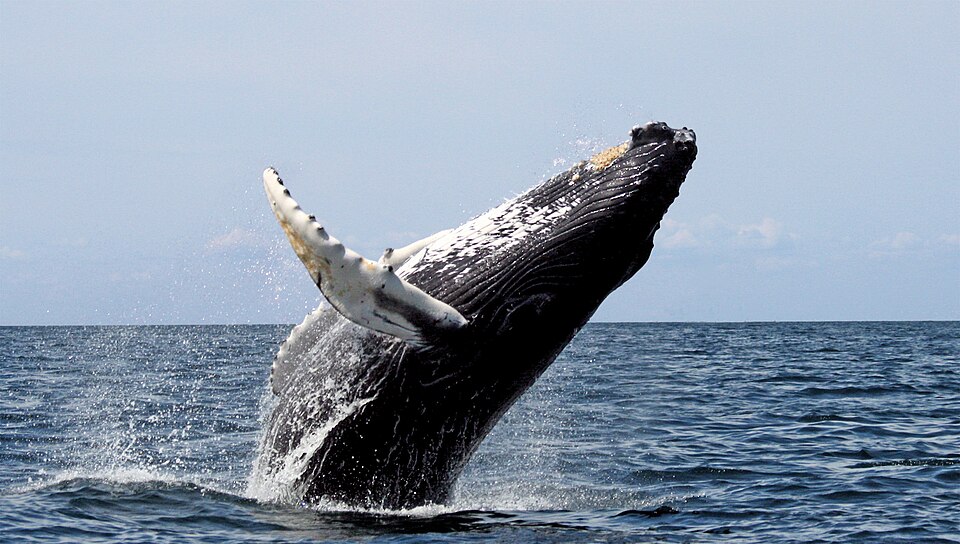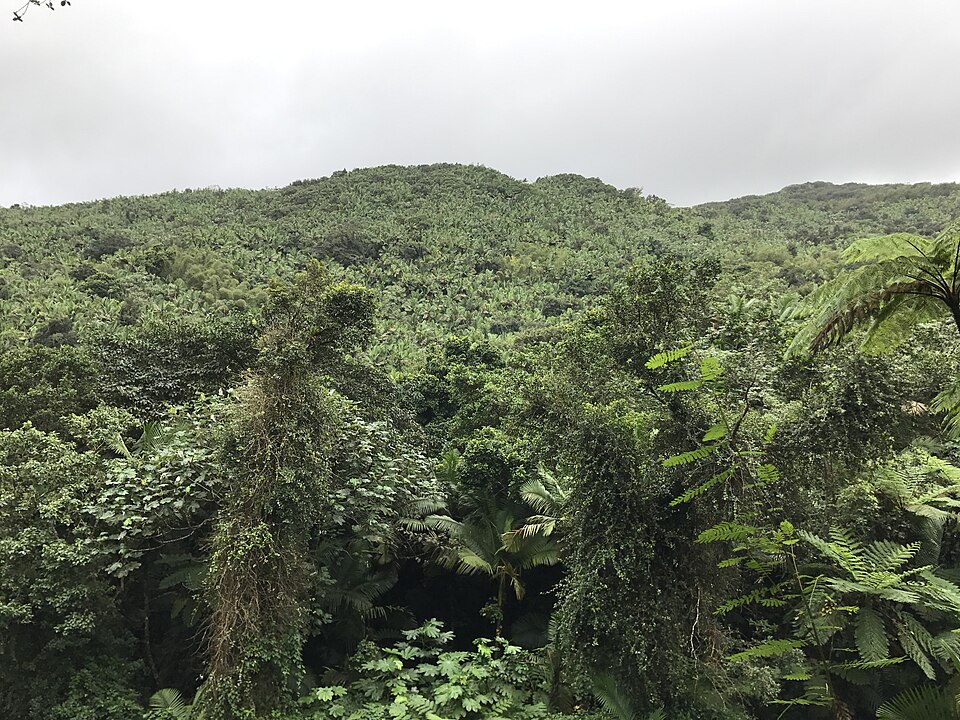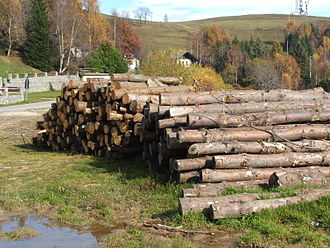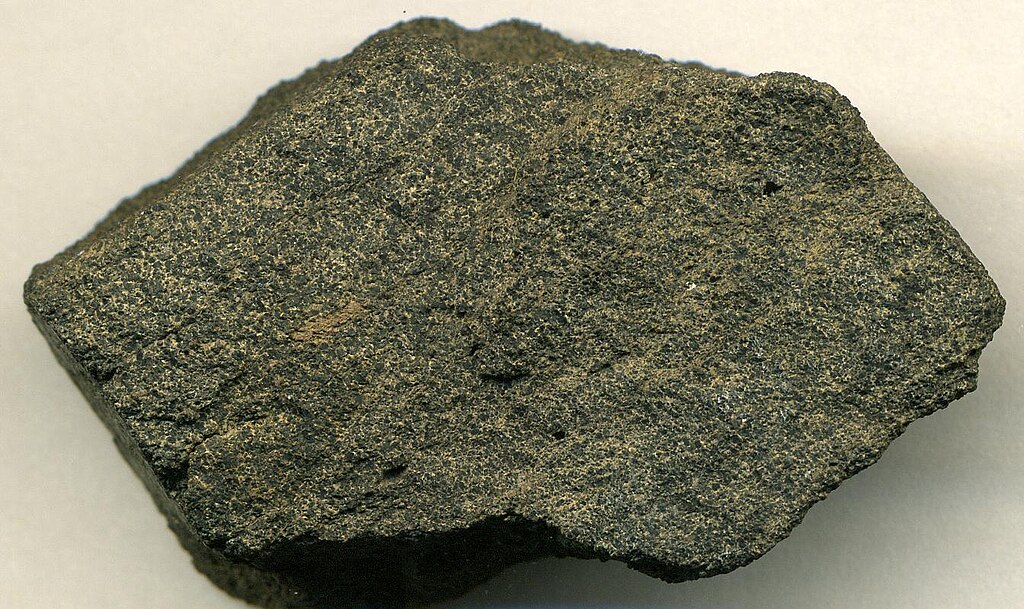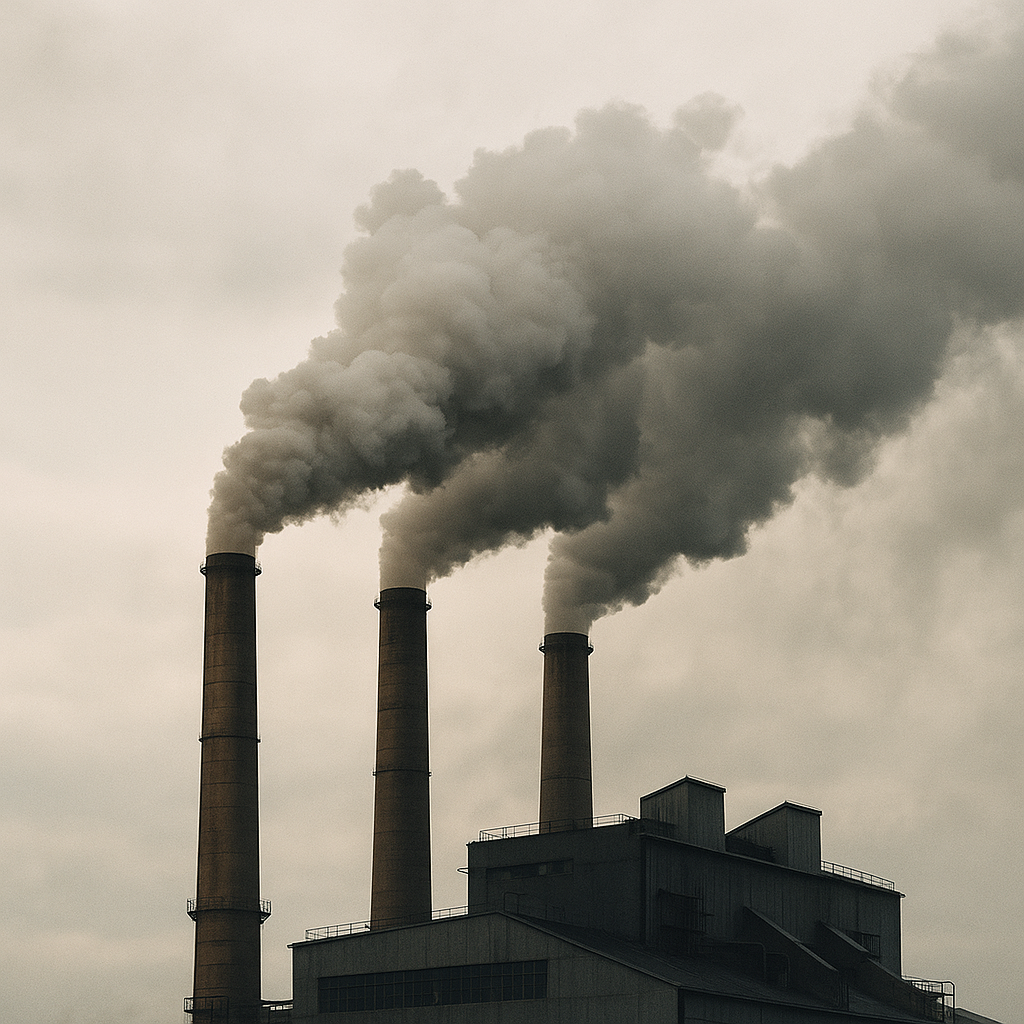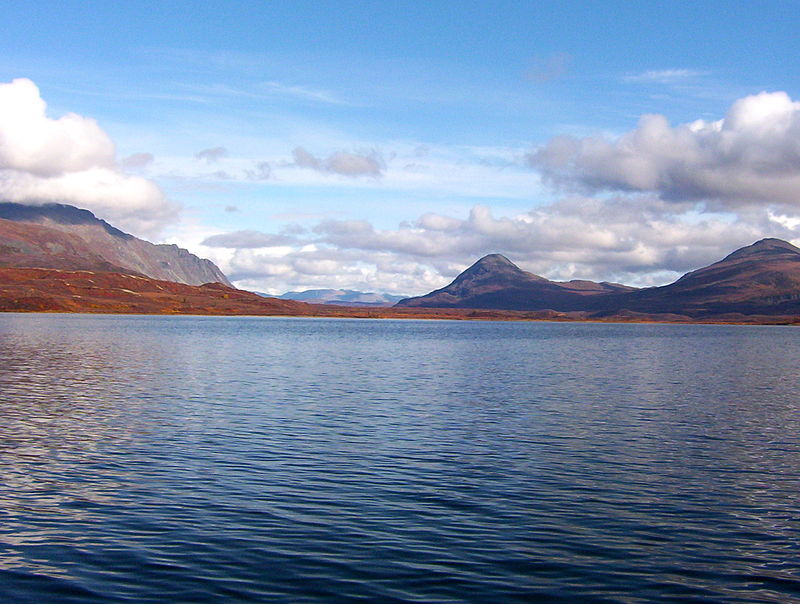General Studies 3
Ecology: Algal Blooms
What is it? An algal bloom refers to the rapid and excessive growth of algae in water bodies, often resulting from high concentrations of nutrients such as nitrogen and phosphorus. Causes Nutrient enrichment (eutrophication): Excess fertilizers, sewage discharge, and industrial … Continue reading
Ecology: Eutrophication
What is it? Eutrophication refers to the excessive enrichment of water bodies (such as lakes, rivers, and coastal waters) with nutrients, particularly nitrogen and phosphorus, leading to excessive growth of algae and aquatic plants. Causes Natural Causes Natural weathering of … Continue reading
Ecology: Aquatic Ecosystem
What is it? Aquatic ecosystems refer to plant and animal communities occurring in water bodies. Classification Freshwater Ecosystems: Land water which is continuously cycling and has low salt content (always less than 5 ppt), is known as fresh water. There … Continue reading
Ecology: Terrestrial Ecosystem
What is it? A terrestrial ecosystem (TE) is a land-based community of organisms (biotic) and their interactions with the abiotic components in a given area. Factors Affecting Terrestrial Ecosystem Altitude: Higher altitudes are associated with cooler temperatures. They lead to … Continue reading
Ecology: Ecosystem Services
Provisioning Services: These are the products directly obtained from ecosystems, such as food, water, timber, fibres, and medicinal resources. For instance, forests provide wood and medicinal plants, while marine ecosystems offer fish and other seafood. Regulating Services These include ecosystem … Continue reading
Ecology: Ecological Succession
What is it? Ecological succession is the steady and gradual change in a species of a given area with respect to the changing environment. The succession moves towards achieving an equilibrium in the environment. In some environments, succession reaches a … Continue reading
Ecology: Phosphorus Cycle (Sedimentary Cycle)
What is it? The phosphorus cycle is the sedimentary biogeochemical cycle that describes the movement of phosphorus through the lithosphere, hydrosphere, and biosphere. Process Involved Tectonic uplift and exposure of phosphorus-bearing rocks such as apatite to surface weathering. Physical erosion … Continue reading
Ecology: Sulphur Cycle (Sedimentary Cycle)
What is it? The weathering of rocks releases the sulphur. Sulphur comes in contact with air and is converted into sulphates. Sulphates are taken up by plants and microbes and are converted into organic forms. The organic form of sulphur … Continue reading
Ecology: Water Cycle (Gaseous Cycle)
What is it? The hydrological cycle encompasses the ongoing movement of water within the Earth-Atmosphere system. Process Involved Evaporation: A material changes from a liquid to a gas through evaporation. Transpiration: Water from plants evaporates through stomata during transpiration. Condensation: … Continue reading
Ecology: Carbon Cycle (Gaseous Cycle)
What is it? The carbon cycle is an important biogeochemical cycle that involves the continuous movement and exchange of carbon in various forms among the atmosphere, terrestrial ecosystems, ocean and Earth’s geosphere (rock and soil). The carbon cycle involves the … Continue reading

